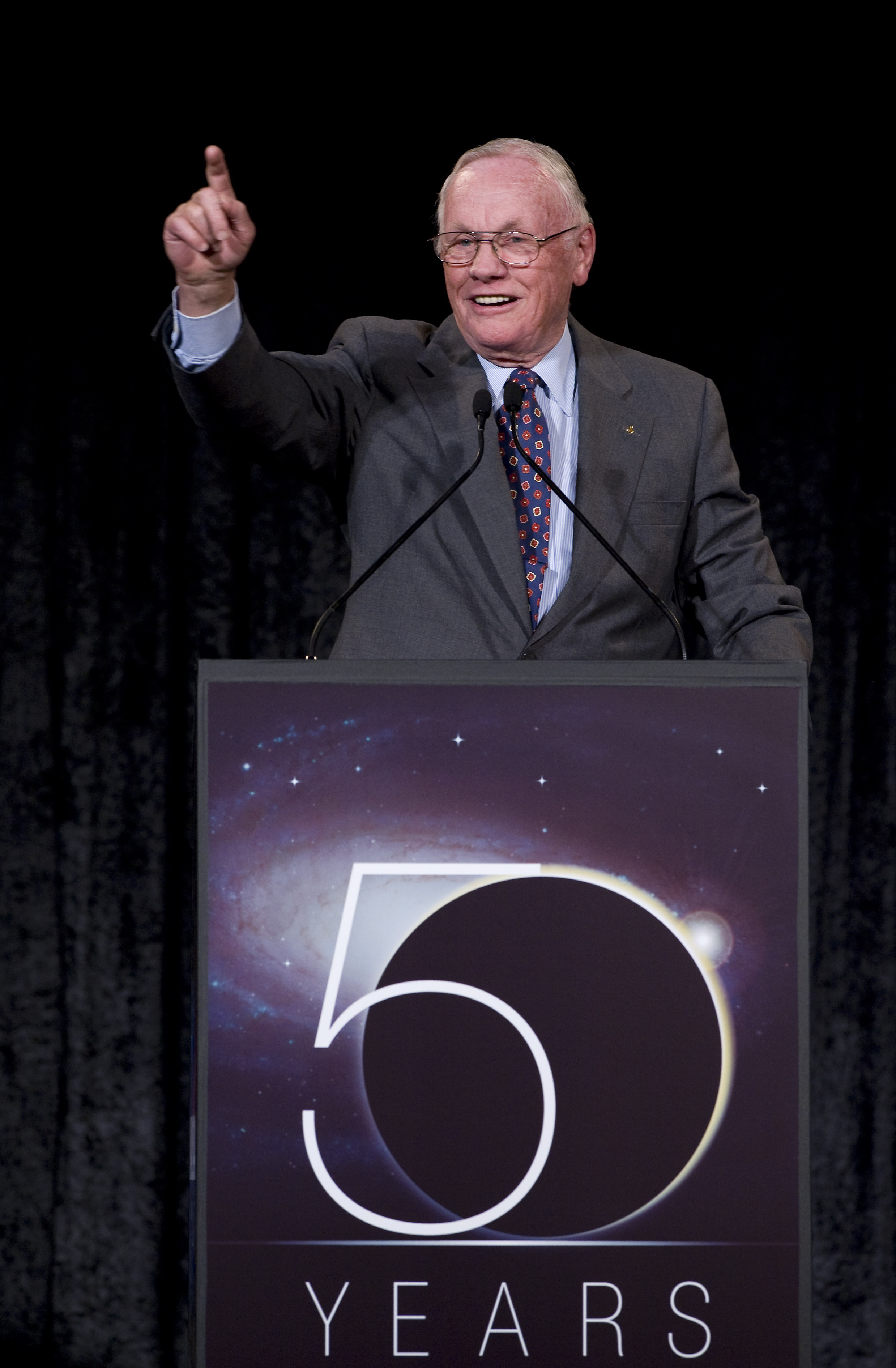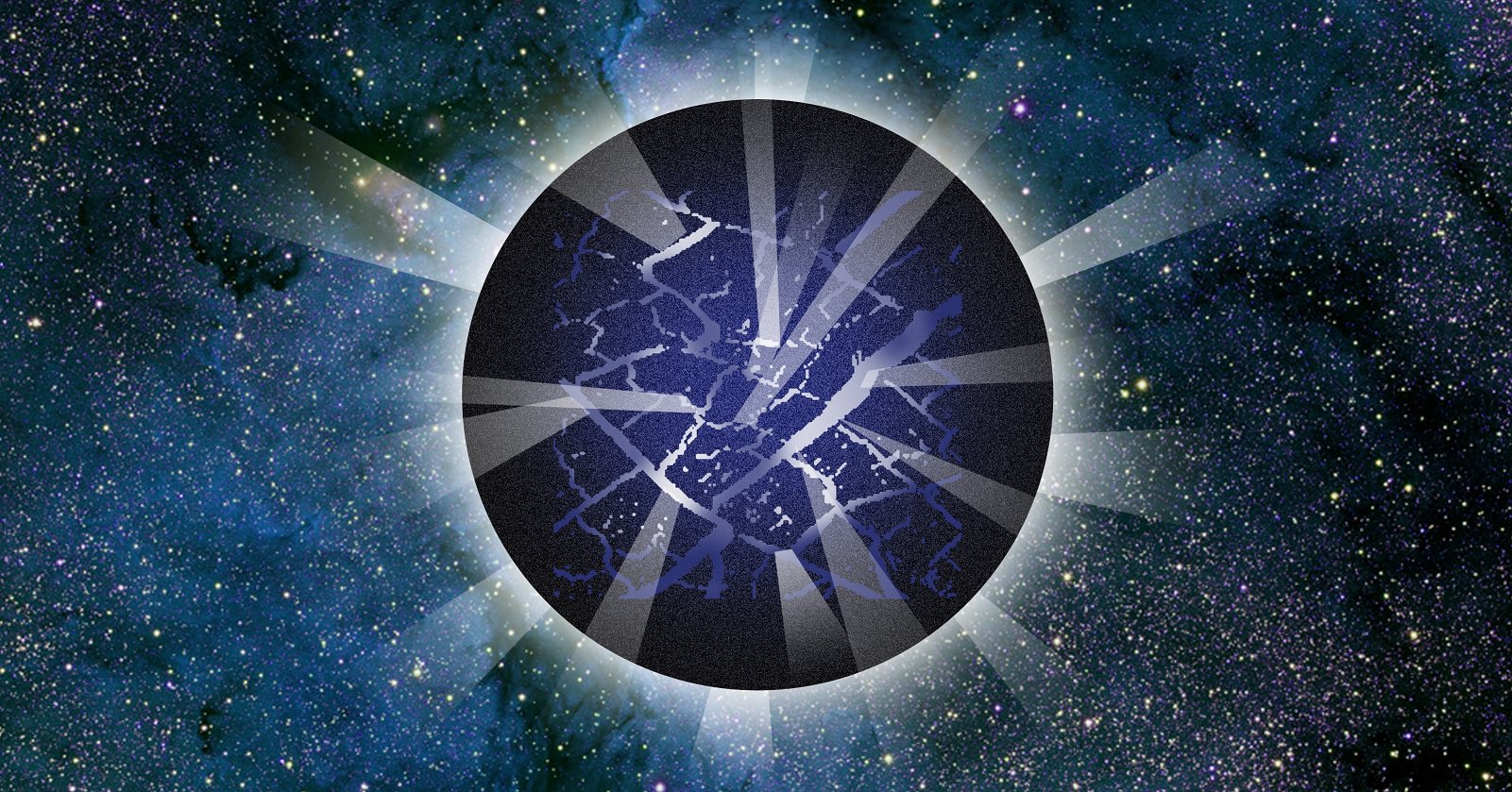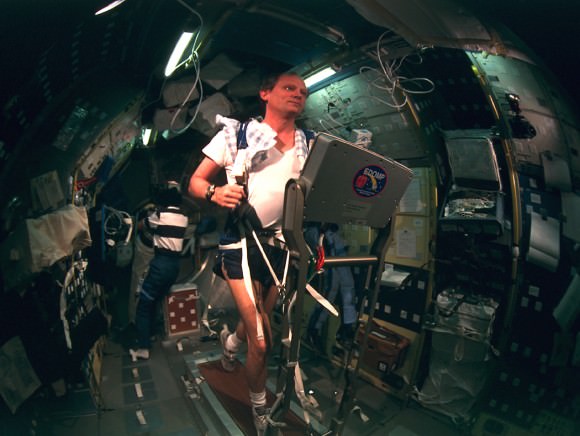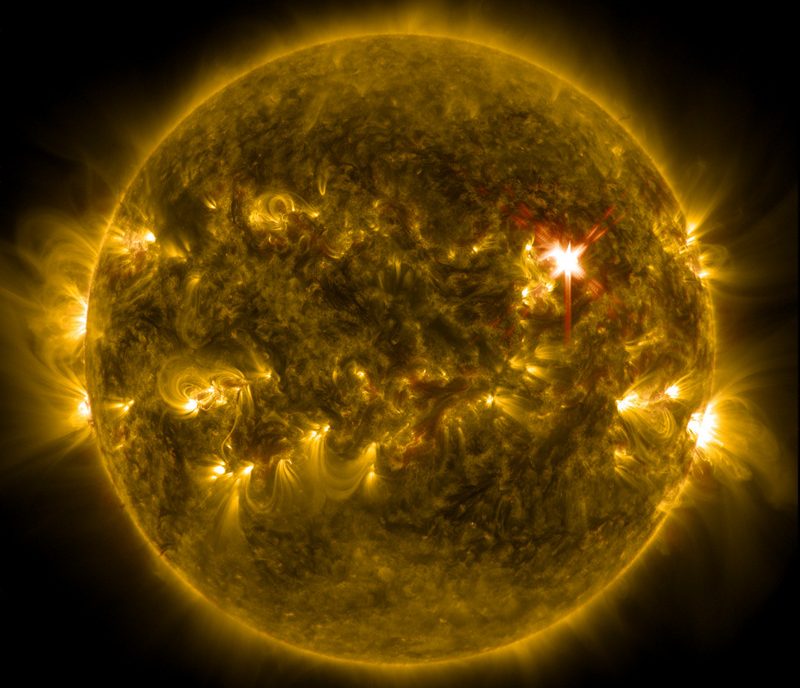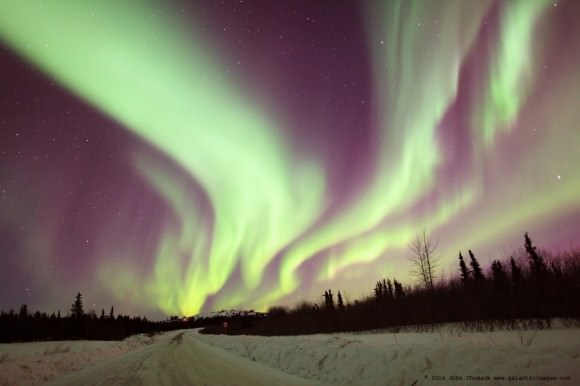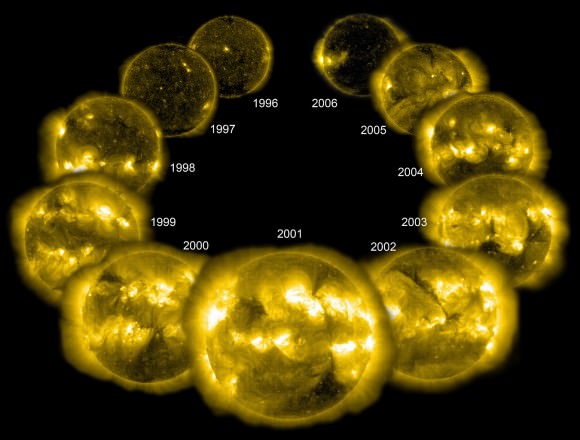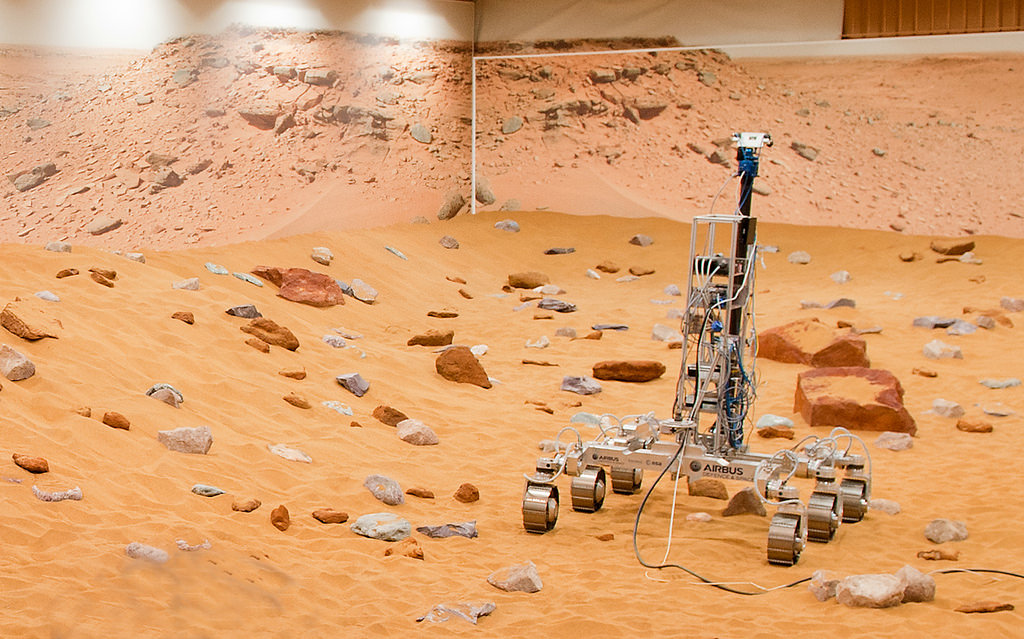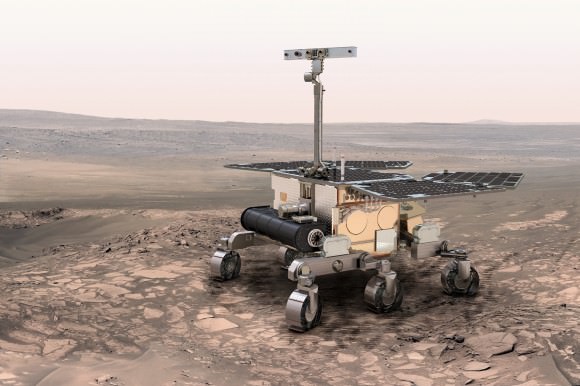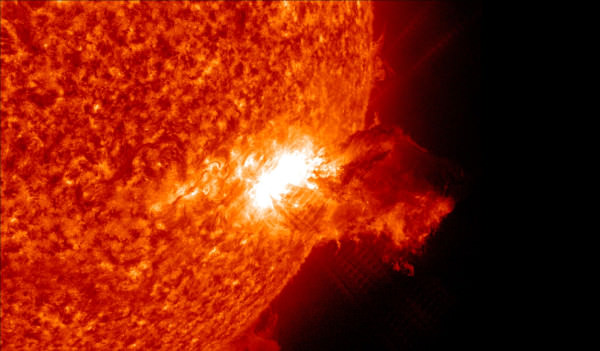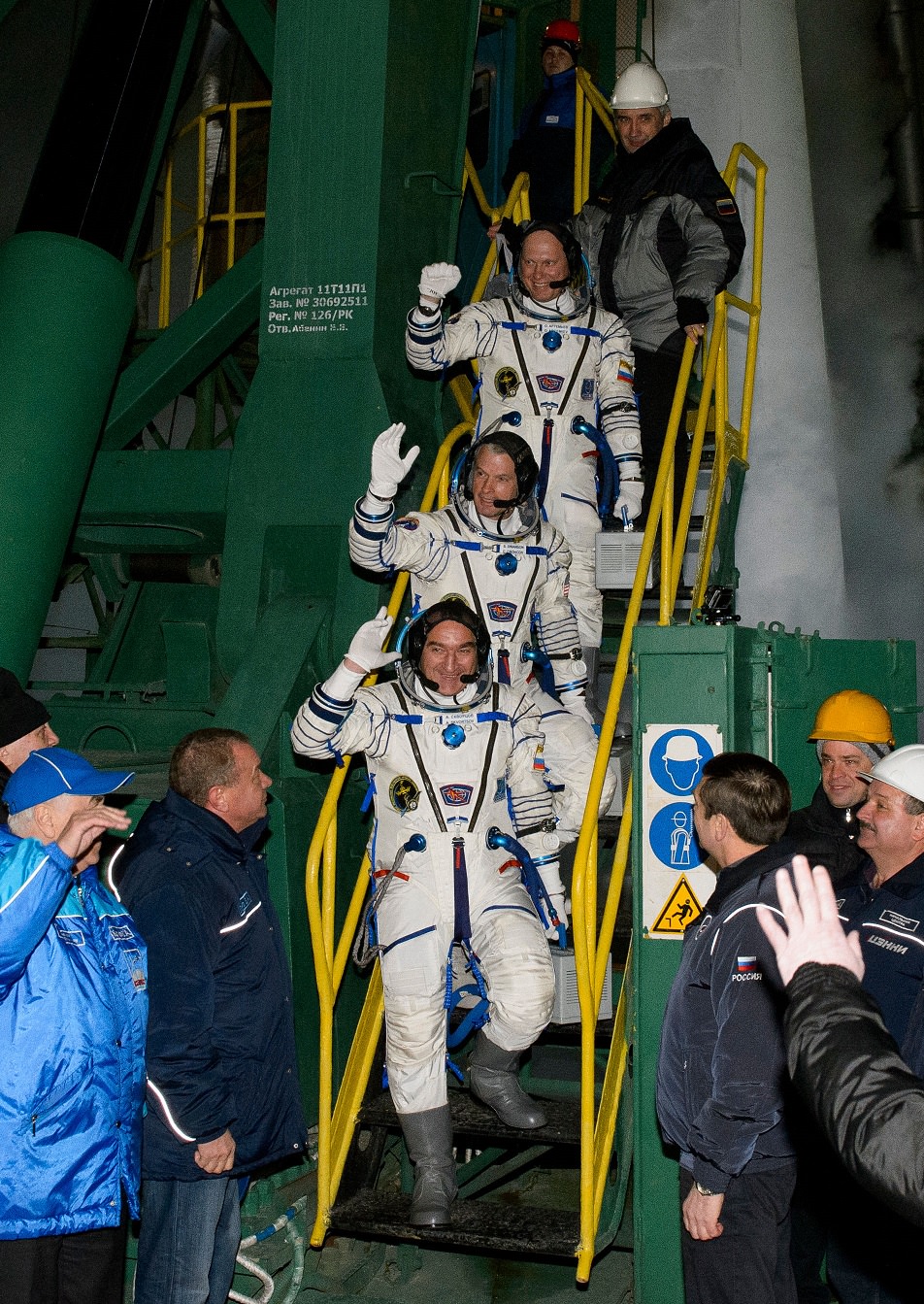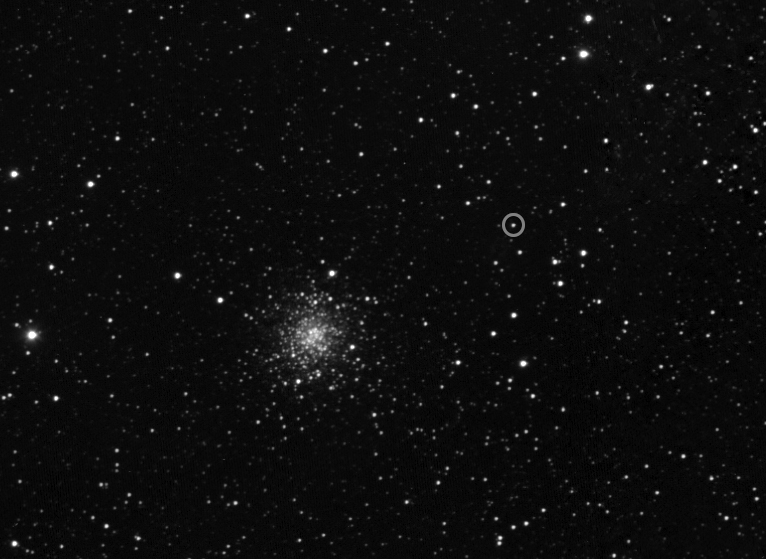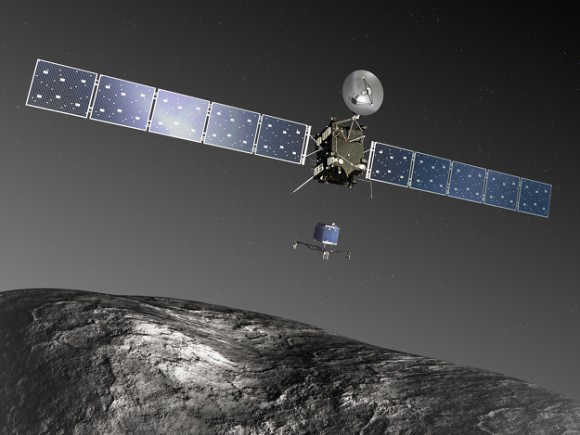Shining 60 million light-years away all serene-looking is NGC 1316 (left) and a smaller galaxy NGC 1317. This new picture from the European Southern Observatory’s La Silla Observatory in Chile, however, reveals “battle scars” of ancient fights, the observatory stated.
“Several clues in the structure of NGC 1316 reveal that its past was turbulent. For instance, it has some unusual dust lanes embedded within a much larger envelope of stars, and a population of unusually small globular star clusters. These suggest that it may have already swallowed a dust-rich spiral galaxy about three billion years ago,” the European Southern Observatory stated.
“Also seen around the galaxy are very faint tidal tails — wisps and shells of stars that have been torn from their original locations and flung into intergalactic space. These features are produced by complex gravitational effects on the orbits of stars when another galaxy comes too close. All of these signs point to a violent past during which NGC 1316 annexed other galaxies and suggest that the disruptive behavior is continuing.”
You might better known NGC 1316 as Fornax A, the brightest radio source in the constellation Fornax and the fourth-brightest source in the sky. This is due to its supermassive black hole sucking up material in the area — and could actually be stronger because of the close encounters with other galaxies.
This image is a composite of archival pictures from the telescope. If you look closely, you can spot some fainter galaxies in the background, too.
Source: ESO


